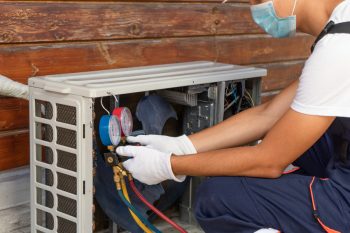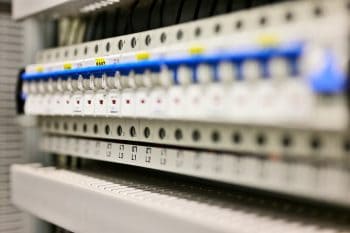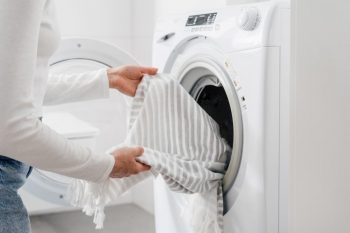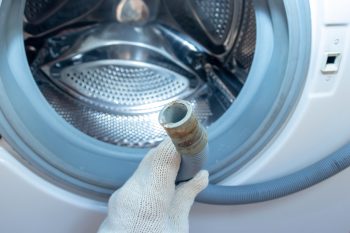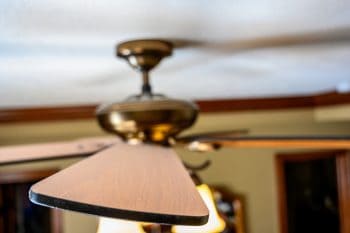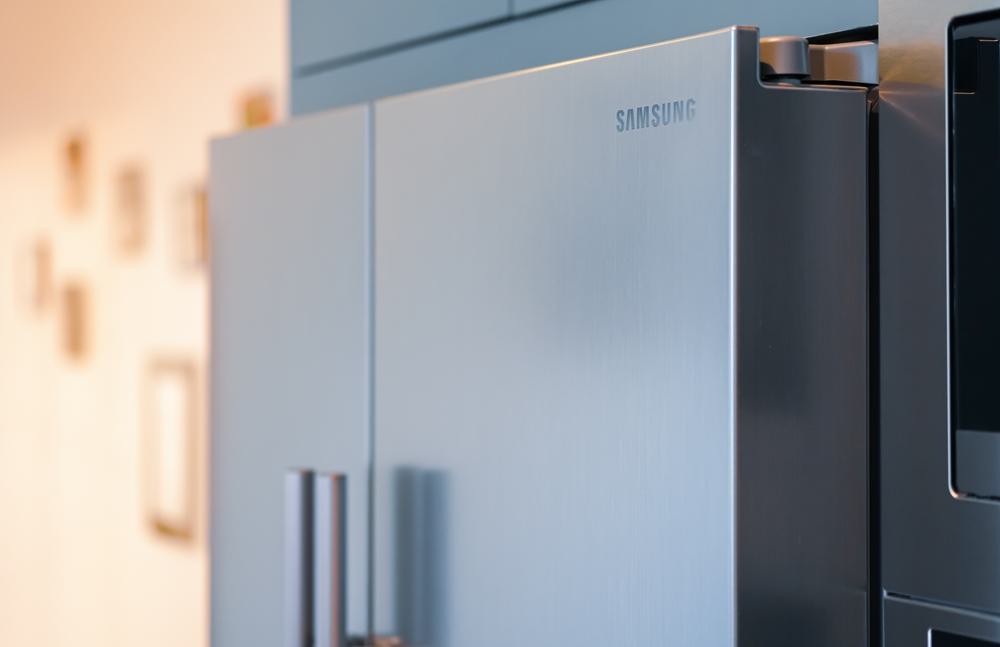
A 3-way fridge, also known as an absorption fridge, is a popular choice for those who enjoy camping and RVing. This is due to its ability to run on three different power sources: propane gas, AC power (also known as shore power), and DC power (from the RV’s batteries). But how does a 3-way fridge work, and what are its benefits and drawbacks? Let’s dive in and explore this topic in-depth.
A 3-way fridge, also known as an absorption fridge, works by using a heat source to vaporize an ammonia solution, which then cools and absorbs heat from the fridge’s interior. It can run on three different power sources: propane gas, AC power, or DC power. The fridge can switch between these power sources depending on availability and specific needs. However, it functions best when the RV is parked on a level surface and may not be as energy-efficient or effective in cooling as a compressor fridge in certain conditions.
The Working Principle of a 3-Way Fridge
Unlike a traditional compressor fridge, a 3-way fridge operates on the absorption principle. It uses a gas flow heat exchange system to remove heat from the fridge’s interior, thus cooling the food inside. The main components of this system are a generator, separator, and condenser.
The cycle begins when a heat source, such as propane gas or an electric heating element, heats the ammonia solution in the boiler. The heated ammonia vaporizes and rises to the condenser, where it cools down and turns back into a liquid. This liquid ammonia then flows into the evaporator, where it mixes with hydrogen gas. The heat from the fridge’s interior causes the ammonia to evaporate again, and the cycle repeats.
Switching Between Power Sources
One of the advantages of a 3-way fridge is its ability to switch between different power sources. You can choose to run the fridge on propane gas, AC power, or DC power, depending on the availability of these resources and your specific needs. The process of switching between power sources varies depending on the model of the fridge. Some models switch automatically between propane and 120V, while others require manual switching for the 12V operation.
Benefits and Drawbacks of a 3-Way Fridge
Like all appliances, a 3-way fridge has its benefits and drawbacks. One of the main benefits is its versatility. It can run on propane, AC power, or DC power, making it suitable for various camping situations. It’s also energy-efficient when running on propane and operates silently due to the lack of a compressor.
However, there are also drawbacks. A 3-way fridge requires the RV to be parked on a level surface for optimal performance when running on propane. It’s also not as energy-efficient when running on DC power, and it may not cool as effectively as a compressor fridge in high ambient temperatures.
Energy Efficiency of a 3-Way Fridge
When it comes to energy efficiency, a 3-way fridge’s performance varies depending on the power source. It’s most efficient when running on propane gas. However, when running on DC power, it consumes a significant amount of energy. Compared to modern compressor fridges, a 3-way fridge is generally less energy-efficient.
Maintenance Requirements
Regular maintenance is crucial to keep a 3-way fridge running efficiently. This includes cleaning the gas jet, aerator, and chimney to remove any debris buildup. It’s also important to check the gas supply lines for leaks and clean the burner assembly regularly. Remember to defrost the fridge when the frost layer on the condenser reaches about 3mm thick.
Popular Models of 3-Way Fridges
There are several models of 3-way fridges available on the market. Some popular ones include Dometic RV Refrigerators, Thetford 3-Way Caravan Fridges, and the Smad Propane Refrigerator.
Conclusion
In conclusion, a 3-way fridge is a versatile and efficient choice for those who enjoy camping or RVing. It operates on the absorption principle and can run on three different power sources. However, like all appliances, it has its benefits and drawbacks. Consider your specific needs and preferences when deciding whether a 3-way fridge is the right choice for you.
Frequently Asked Questions
How long does a 3-way fridge typically last?
With proper maintenance, a 3-way fridge can last up to 15 years. However, this can greatly vary depending on usage and how well it’s cared for.
Can a 3-way fridge run on solar power?
Yes, a 3-way fridge can run on solar power indirectly. The solar power charges the RV’s batteries, and the fridge can then run on DC power from the batteries.
How long can a 3-way fridge run on propane?
Depending on the fridge’s size and the propane tank’s capacity, a 3-way fridge can typically run for several weeks to a few months on propane.
Can a 3-way fridge run while driving?
Yes, a 3-way fridge can run while driving, usually on DC power. However, it’s advised to switch off the propane supply for safety reasons while the RV is in motion.
Does a 3-way fridge need venting?
Yes, a 3-way fridge requires venting to allow the heat generated by the cooling process to escape. This is typically done through vents in the side or roof of the RV.
Can a 3-way fridge be used in residential homes?
While technically possible, 3-way fridges are typically not used in residential homes due to their lower cooling efficiency compared to conventional refrigerators and the need for venting. They are designed for use in RVs, caravans, and boats.


